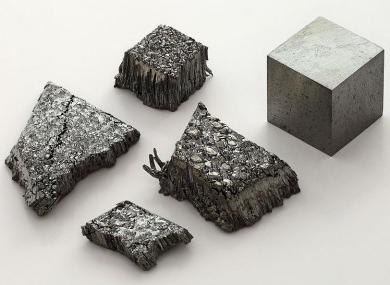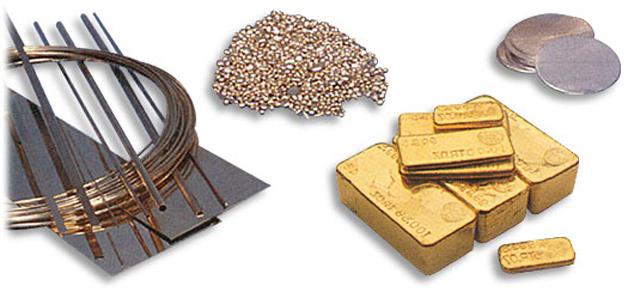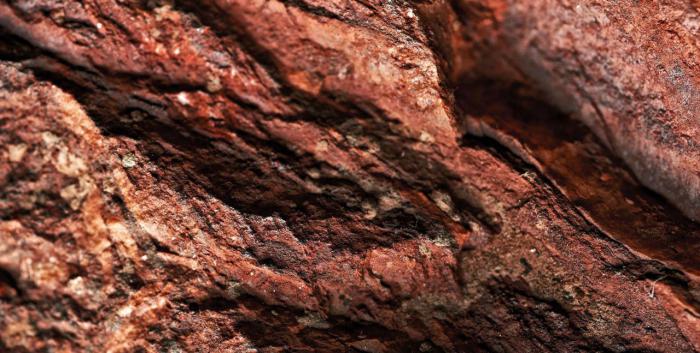Chemical properties of metals, their diversity
Not counting those that are synthesized artificially). All of them are divided into non-metals and metals. The latter are noticeably more numerous than the former.
Definition of the term
Metals in chemistry are elements that occur naturally in the form of simple substances and have similar physical properties. Among them, depending on their characteristics and on the composition of which compounds they can be included, alkali, alkaline earth, transition, light, semimetals, lanthanides and actinides are distinguished. The chemical properties of metals of all groups are similar. It should also be noted that beryllium and magnesium are not included in any of the groups.
Physical properties
Despite the fact that the chemical properties of metals are not much different, the physical ones are quite different. All substances of this group are characterized by a metallic luster. Best of all metals, silver and aluminum are able to reflect light, which allows them to be used in the production of mirrors. The density of the metal can be different. According to this criterion, light and heavy are distinguished. The former include those whose density is not more than 5 g / cm 3. These are lithium, sodium, calcium, aluminum, magnesium. The first is the lightest of all, its density is almost two times less than that of water, namely 0.53 g / cm 3. Heavy metals include iron, zinc, nickel, lead, chromium, gold, silver and others. The heaviest metal in nature is osmium. Its density is 22.6 g/cm 3 . Hardness is also distinguished among the physical properties of metals. There is a Mohs scale, according to which this indicator is determined.  The softest metals: potassium, cesium, sodium, rubidium - they can be cut with a knife. The hardness of sodium on the Mohs scale is 0.4. The hardest metal that can cut glass is chromium (9 on the Mohs scale). The next criterion by which the substance of this group can be characterized is plasticity. Gold, silver, copper have the highest rate in this regard; middle - tin; low - lead, zinc, iron. Metals also differ in their refractoriness. The fusible ones are those that begin to turn into a liquid at a temperature of less than +1000 degrees Celsius. These are potassium, sodium, lead, tin, magnesium, zinc, aluminum, calcium. The most fusible metal in nature - mercury - it becomes liquid at a temperature of -39 degrees Celsius. Refractory include copper, gold, tantalum, platinum, iron, nickel, molybdenum. The highest melting point of tungsten is +3410 degrees. Metals also differ in thermal conductivity. Iron, tungsten, aluminum, gold, copper, silver - this is the sequence in order of increasing thermal conductivity. By increasing electrical conductivity, metals can also be arranged in a row: it will be the same as the previous one, that is, the lowest indicator is for iron, the highest for silver and copper.
The softest metals: potassium, cesium, sodium, rubidium - they can be cut with a knife. The hardness of sodium on the Mohs scale is 0.4. The hardest metal that can cut glass is chromium (9 on the Mohs scale). The next criterion by which the substance of this group can be characterized is plasticity. Gold, silver, copper have the highest rate in this regard; middle - tin; low - lead, zinc, iron. Metals also differ in their refractoriness. The fusible ones are those that begin to turn into a liquid at a temperature of less than +1000 degrees Celsius. These are potassium, sodium, lead, tin, magnesium, zinc, aluminum, calcium. The most fusible metal in nature - mercury - it becomes liquid at a temperature of -39 degrees Celsius. Refractory include copper, gold, tantalum, platinum, iron, nickel, molybdenum. The highest melting point of tungsten is +3410 degrees. Metals also differ in thermal conductivity. Iron, tungsten, aluminum, gold, copper, silver - this is the sequence in order of increasing thermal conductivity. By increasing electrical conductivity, metals can also be arranged in a row: it will be the same as the previous one, that is, the lowest indicator is for iron, the highest for silver and copper.
Chemical properties of metals
Here it is necessary to take into account the fact that they are all divided into active and inactive. The former stand in the electrochemical series to the left of hydrogen, the latter to the right. The chemical properties of metals, which are highly active, are not characteristic of the latter. 
Substitution reactions
They are characteristic only of active metals. Such a process occurs when the latter are added to the acid. As a result, a salt of this metal and hydrogen are formed, which is released in the form of a gas. This can be expressed using the following equation: 2K + 2HCI \u003d 2KSI + H 2. In addition, this type of reaction occurs between metals and salts. To do this, the metal that is added to the solution must be more active than the one that is part of the salt. In this case, a new salt is formed, and the metal from the previous one will precipitate. An example of this kind of chemical interaction is the following equation: 2K + CaCI 2 \u003d 2KCI + Ca.
metal plus oxygen
For such reactions, it is necessary to heat the reactants to a high temperature. In this process, an oxide is formed. Equation example: 2Ca + O 2 \u003d 2CaO. However, in the case of potassium, the reaction occurs without heating. Its equation looks like this: 4K + O 2 \u003d 2K 2 O. Therefore, this metal must be stored under special conditions, otherwise an oxide film will instantly form on its cut.
Reactions with halogens
These are substances such as CI 2, Br 2, I 2, etc. With this kind of interaction, a salt is formed, for example, chloride. 2K + CI 2 \u003d 2KSI.

Metals and other simple substances
According to the type of reaction described above, interaction with other chemical compounds consisting of one element can also occur. This requires heating. These can be substances such as sulfur, phosphorus, nitrogen, hydrogen. As a result of the reactions, sulfides, phosphides, nitrides and hydrides are formed, respectively. Only metals of the first and second groups of the periodic system enter into interaction with hydrogen. Equations: 3Ca + 2P \u003d Ca 3 P 2; 2K + H 2 \u003d 2KN.
What happens if you add water to metal?
Only active metals also react with this substance, as well as those with medium activity when heated. As a result, either hydroxide (in the first case) or oxide (in the second) and hydrogen are formed. Examples of equations: 2K + 2H 2 O \u003d 2KOH + H 2; Zn + H 2 O \u003d ZnO + H 2.
Acids and inactive metals
These include bismuth, copper, silver, etc.  They can only interact with concentrated solutions of sulfuric and nitric acids. This produces metal sulfate/nitrate, sulfur dioxide/nitrogen dioxide, and water.
They can only interact with concentrated solutions of sulfuric and nitric acids. This produces metal sulfate/nitrate, sulfur dioxide/nitrogen dioxide, and water.
Conclusion
From all the above examples of the chemical properties of metals, it can be concluded that they are strong reducing agents.



